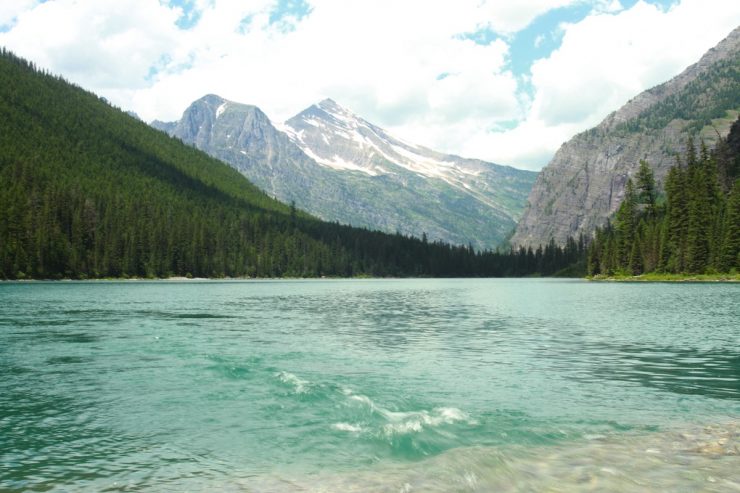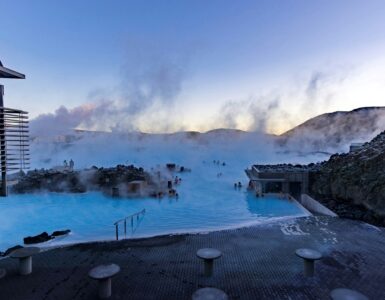This stunningly beautiful place features not only the massive sheets of ice that give the park its name, but also soaring mountains, dense forests, alpine meadows and magnificent lakes.
Glacier, which straddles the Continental Divide, consists of more than one million acres. Long drives, like the famous Going-to-the-Sun Road that crosses the divide, lead to scenic vistas and other delights. Visitors often see grizzly bears, moose, elk, bighorn sheep, goats, and whitetail and mule deer. Sheep and goats are also common. Rarer species include wolves, mountain lions and wolverines.

The park offers multiple activities, such as scenic drives, guided tours, hiking, horseback riding, fishing, boating and nature photography.
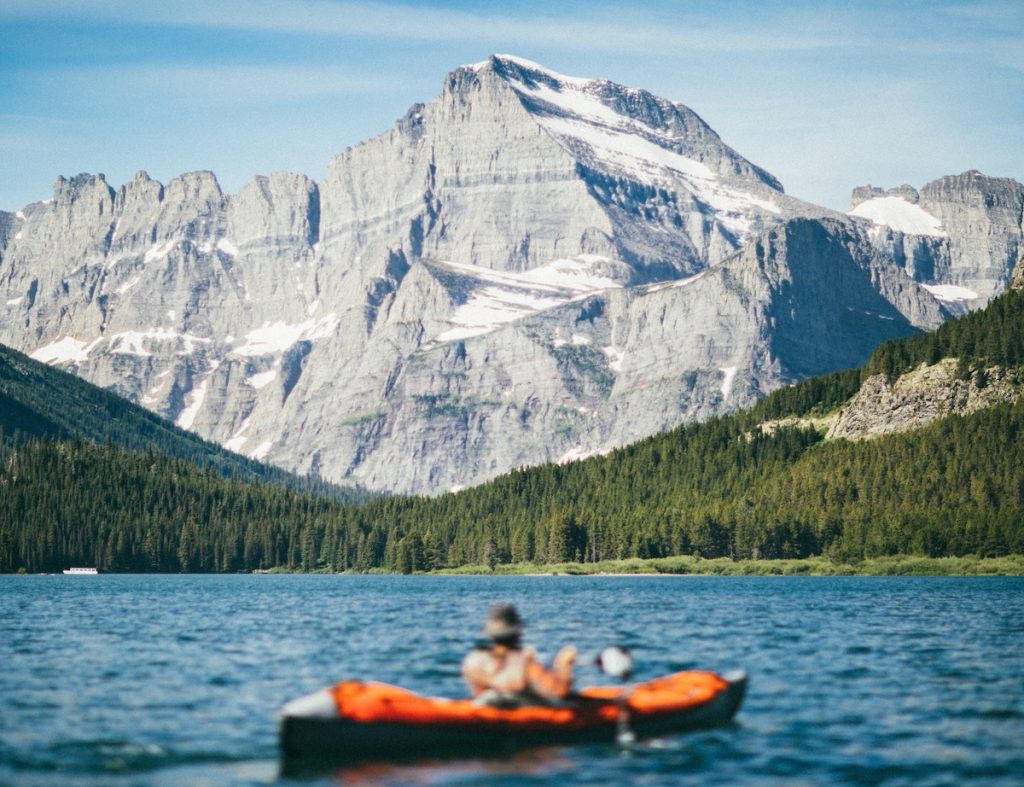
Planning a Trip
Before heading for the park, preliminary steps are necessary. Lodging must be arranged well ahead of time, especially for those visiting during the peak tourist season of July and August.
Among the places to stay are the Apgar Village Lodge, Lake McDonald Lodge or motel, Many Glacier Hotel, Swiftcurrent Motor Inn, Rising Sun Motor Inn, and the Sperry and Granite Park chalets. Glacier National Park Lodges/Xanterra Parks & Resorts operates all the facilities except the lodge in Apgar.
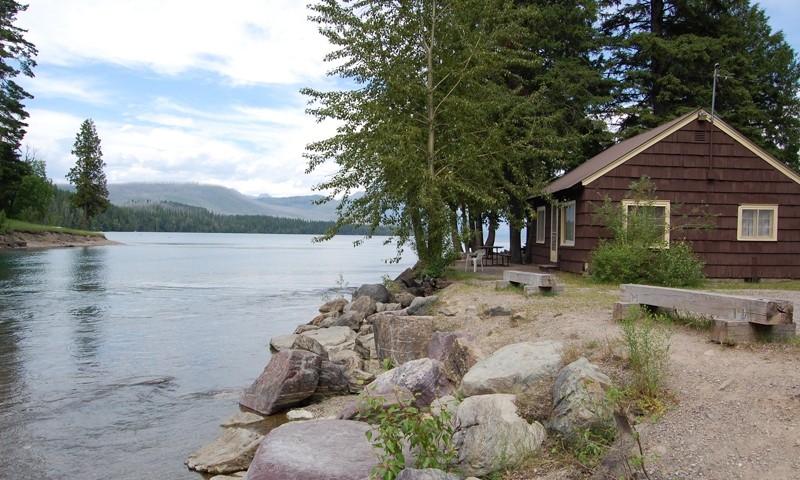
The park has 13 drive-in campgrounds. Most of them are first-come first-served, but some accept reservations. Backcountry campsites may be reserved online at two months or more in advance.

(Photo: David Restivo, National Parks Service)
Preparing for Glacier means packing the right clothing. Though the park is open all year, the weather is extremely variable and often extreme. Summer days are warm and sunny, while winter brings snow and below-freezing temperatures. Warm, wet Pacific air flows across the west side of the park. Cold, dry Arctic air dominates the east side.
Pet owners need to know the rules. Family animals are allowed in developed areas, frontcountry campgrounds and picnic areas; and along roads, in parking areas and in boats. Pets may not be on trails, along lake shores, in the backcountry, or in any building. They must be caged or on leashes no longer than six feet.
Visitors should be prepared to pay a fee to drive into the park. Self-pay procedures apply when entrance stations are unstaffed.
Getting There and Park Transportation
Glacier is in the northeast corner of Montana. Glacier Park International Airport is near Kalispell, about 30 miles from the west entrance. The facility has rental cars and park shuttles.
Drivers take Highway 89 north about 125 miles from Great Falls to the town of Browning, and then choose one of Glacier’s three entrances.
Amtrak’s historic Empire Builder train line serves the park all year. Glacier National Park Lodges provides a free shuttle from the train depot to sites within the park. Reservations are required. A free commuter bus runs from Kalispell to Glacier daily from July 1 to Sept. 2.
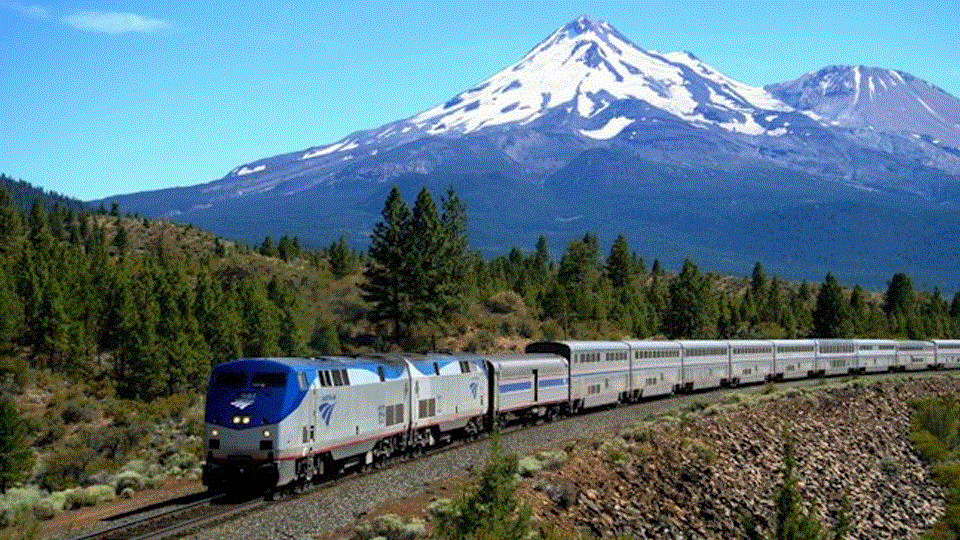
Most people get around the park in private vehicles or RVs. They need to be prepared for hazardous driving conditions, especially on the Going-to-the-Sun Road. This high-country route, and some other park roads, are seasonal. There are no gas stations in Glacier.
The free park shuttles are air-conditioned buses, with large windows for sightseeing, that stop at all the top attractions. There are special shuttles for bicyclists and hikers.
Places to See
No trip to Glacier is complete without traveling on the Going-to-the-Sun Road, weather permitting. The route tops out at Logan Pass, 6,646 feet above sea level. As much as 80 feet of snow accumulates there, so plows are busy even in the summer. The road usually does not open until late June or early July.
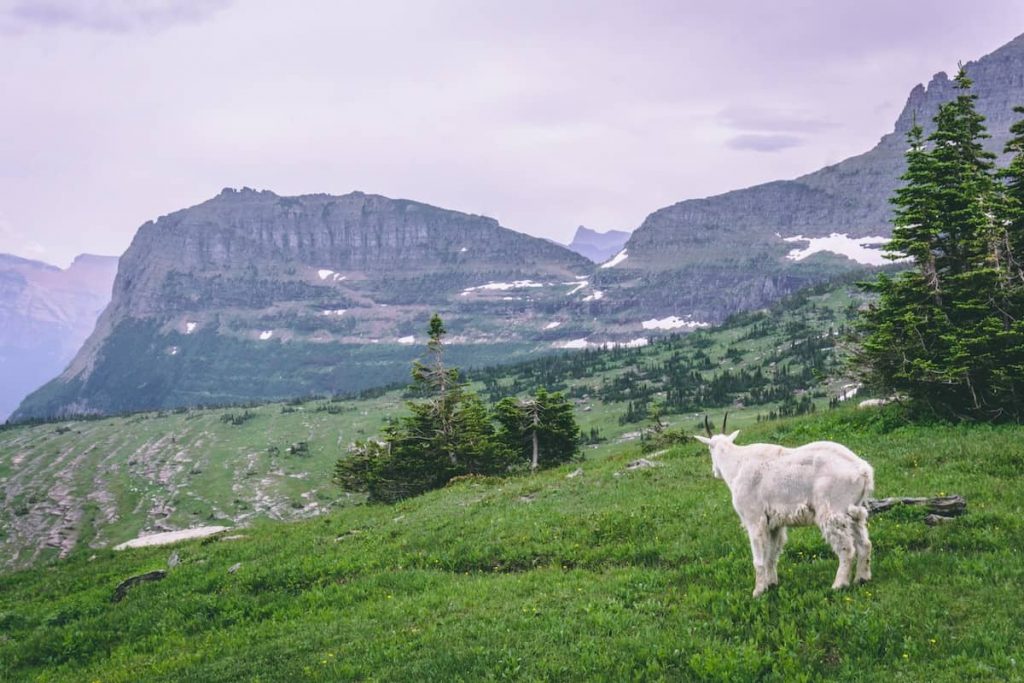
Lake McDonald Valley is the hub of activity on the west side of the park. The area teems with astounding scenery, hiking trails, and diverse species of plants and animals. There are historic chalets, as well as the Swiss-style Lake McDonald Lodge built in 1913-14.
The largest body of water in the park, Lake McDonald, is 10 miles long and nearly 500 feet deep. Looming above are towering peaks and beautiful waterfalls.
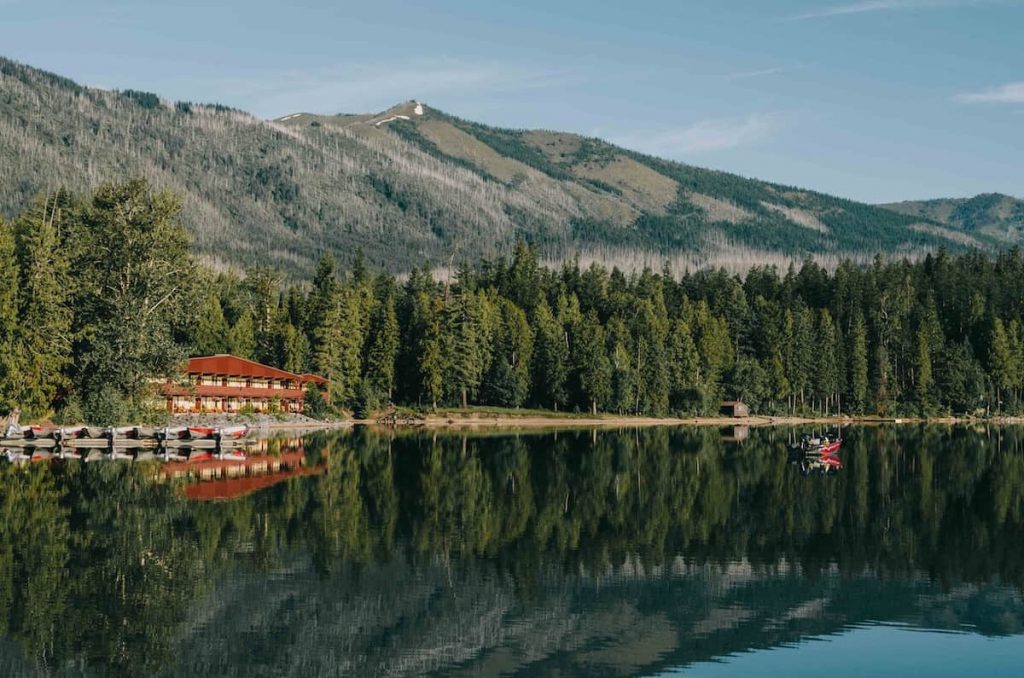
The Many Glacier Valley is a favorite place to get up close and personal with the ice floes. The most popular hike is to Grinnell Glacier. This experience may no longer be possible in the near future. Climate scientists predict that all of the park’s glaciers will melt by 2030. Many Glacier also is a top hiking and boating destination.
St. Mary, the eastern gateway to the park, is characterized by mountains, forests and prairies that provide habitat for diverse flora and fauna. A drive around the 10-mile-wide St. Mary Lake affords some of Glacier’s best views.
Visitors also treasure the Two Medicine area, which includes a big lake of the same name, for its scenery.
Things to Do
Driving and admiring the sights is a major activity here. An alternative is to take a guided interpretive tour on a bus. Sun Tours offers a trip that educates visitors about the local Blackfeet culture. Xanterra Parks & Resorts operates tours throughout the park in the company’s distinctive Red Bus.
There are boat and raft tours, as well, on several lakes. Small boats are available for rent. Companies lead day hikes and backpacking trips into the wilderness for one to seven days. Swan Mountain Outfitters offers drop-camp service, packing campers’ gear to backcountry sites on horses and mules. Guided horseback rides are also available.
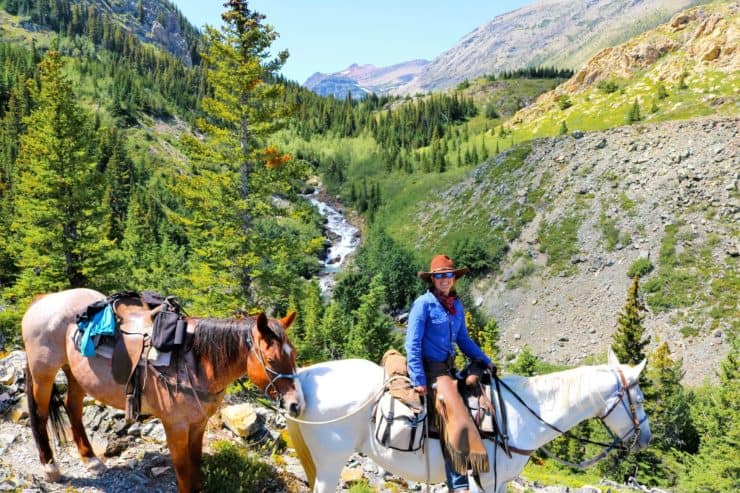
Hikers enjoy more than 700 miles of trail for adventures ranging from short day walks to overnight backpacking trips. More than half of the park’s visitors do some hiking. This is the best way to glimpse wildlife.
Ranger lead a variety of activities. In the summer, there are talks, walks, boat tours and “Native America Speaks” programs. In the winter, snowshoes replace hiking boots for outdoor group excursions.
Glacier is a mecca for photographers. In addition to the mountains, glaciers, forests and wildlife, shutterbugs snap shots of sunrises on the east side of the park and sunsets on the west side. They also go to Logan Pass to capture images of wildflowers; hike to waterfalls; and stay up late to take pictures of stars, the Milky Way, and the aurora borealis (northern lights).
Anglers appreciate Glacier for its half-dozen large lakes. Ice fishing is popular in the winter. Among the fish species are cutthroat trout, bull trout, lake trout, brook trout. No license is required to drop a line into the water, but free permits are necessary for boating. A backcountry permit is required for boaters to camp at designated, primitive sites.
Horses, mules and donkeys are allowed on most trails. Some roads remain closed until early summer because of wet conditions. Heavy rains and bear activity also can force closures.
In the winter and spring, most the park’s trails are suitable for cross-country skiing and snowshoeing. There are options for all skill levels. Ski routes are not marked, and it is sometimes necessary to break trail. Skiing on frozen lakes is not recommended due to the danger.

